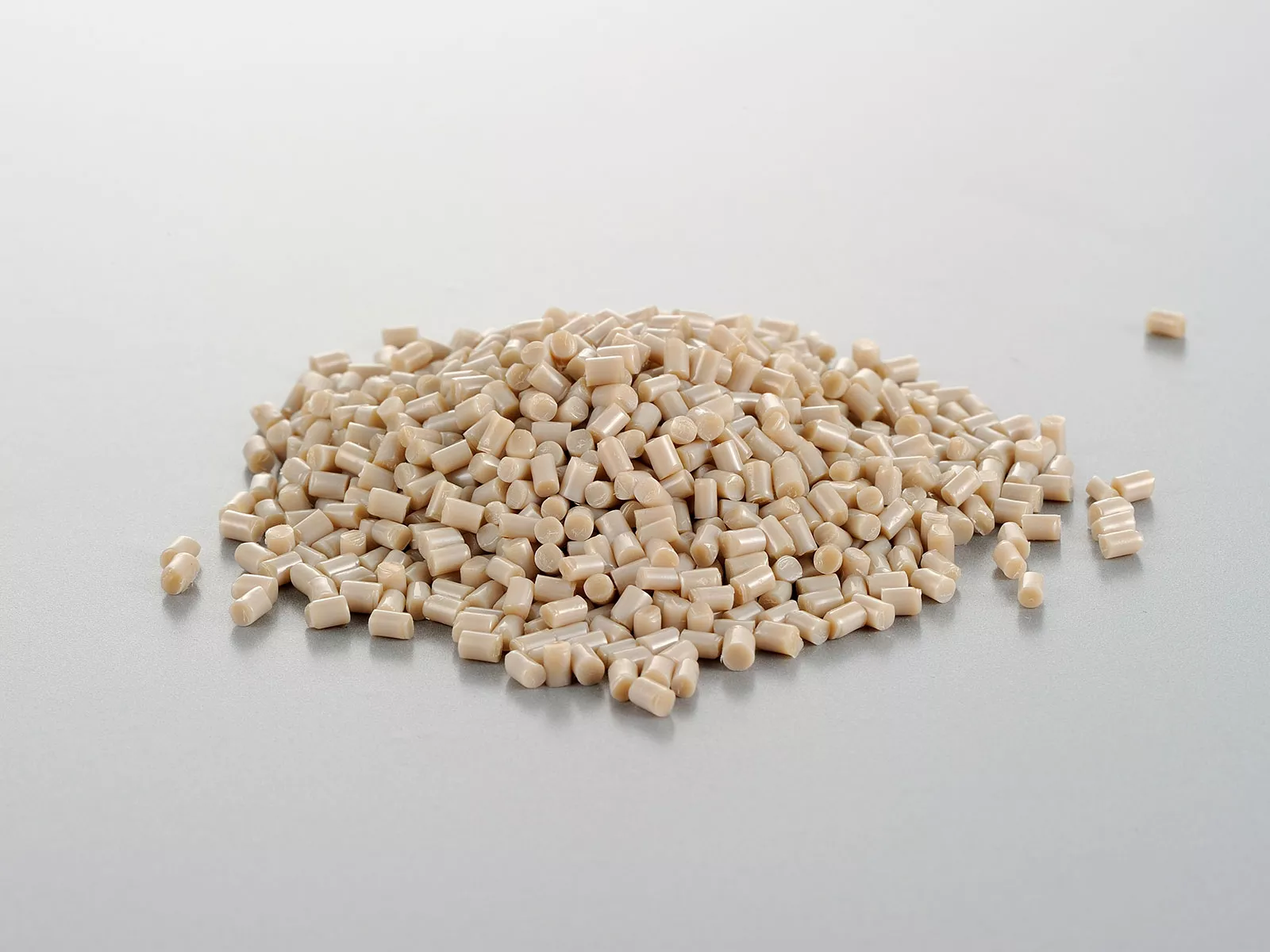Non-stick cookware is a kitchen staple, prized for its convenience and ease of use. However, over time, the non-stick coating can wear out, become scratched, or start peeling, leading to reduced performance and potential health concerns. Many people wonder if it's possible to repair non-stick coatings rather than replacing the cookware. This article explores the feasibility of repairing non-stick coatings, the methods available, and when it's time to replace your cookware.
Feasibility of Repairing Non-Stick Coatings
1. DIY Repair Kits
There are DIY repair kits available on the market designed to fix minor scratches and worn-out areas on non-stick cookware. These kits usually contain a liquid polymer that can be applied to the damaged area to restore some of the non-stick properties. However, these repairs are generally temporary and may not restore the cookware to its original condition.
Steps for Using a DIY Repair Kit:
- Clean the Cookware: Thoroughly clean the cookware to remove any food residues and grease.
- Apply the Repair Liquid: Follow the instructions provided with the kit to apply the liquid polymer to the damaged areas.
- Cure the Coating: Allow the coating to cure as per the instructions, usually by heating the cookware to a specified temperature for a set amount of time.
- Re-season the Cookware: After curing, re-season the cookware by applying a thin layer of oil and heating it to create a protective layer.
2. Professional Re-coating Services
Some companies offer professional re-coating services for non-stick cookware. These services involve stripping off the old, damaged coating and applying a new non-stick layer. While this can restore the cookware to near-original condition, it can be costly and may not be worth the investment compared to purchasing new cookware.
Pros and Cons of Professional Re-coating:
- Pros:
- High-quality restoration.
- Extends the life of favorite cookware.
- Reduces waste by refurbishing existing items.
- Cons:
- Can be expensive.
- Not all types of cookware can be re-coated.
- Turnaround time may be lengthy.
What to do if non-stick coating comes off?
If the non-stick coating has started to peel or flake off, it's time to replace your cookware. Cooking with a damaged non-stick surface can be dangerous as small particles may get into your food.
When to Replace Non-Stick Cookware
In some cases, repairing non-stick cookware may not be practical or safe. Here are some signs that it’s time to replace your non-stick cookware:
1. Extensive Damage
If the non-stick coating is extensively scratched, peeling, or flaking, it is beyond repair. Cooking on severely damaged non-stick surfaces can cause flakes of the coating to mix with your food, which is undesirable and potentially harmful.
2. Age of the Cookware
Non-stick cookware has a limited lifespan. Even with proper care, most non-stick coatings last between three to five years. If your cookware is older than this and shows signs of wear, it’s likely time to replace it.
3. Performance Issues
When food starts sticking to the surface despite following proper cooking practices, it indicates that the non-stick coating is no longer effective. This can make cooking and cleaning more challenging and reduce the overall enjoyment of using the cookware.
4. Safety Concerns
Damaged non-stick coatings can release harmful chemicals when heated, especially if the cookware is scratched or overheated. If you have concerns about the safety of your non-stick cookware, replacing it is the best option.
Tips for Prolonging the Life of Non-Stick Cookware
To maximize the lifespan of your non-stick cookware and avoid the need for repairs, follow these care tips:
1. Use the Right Utensils
Use wooden, silicone, or plastic utensils to avoid scratching the non-stick surface. Avoid metal utensils that can cause scratches and damage.
2. Avoid High Heat
Non-stick coatings can degrade at high temperatures. Use low to medium heat settings for cooking, and avoid preheating empty cookware.
3. Proper Cleaning
Clean non-stick cookware with a soft sponge or cloth. Avoid using abrasive cleaners, steel wool, or harsh scouring pads. Hand wash your cookware instead of using a dishwasher, which can be too abrasive for non-stick surfaces.
4. Store Carefully
When storing non-stick cookware, avoid stacking them without protection. Use paper towels or cloth between pans to prevent scratches.
Conclusion
While it is possible to repair minor damage to non-stick coatings using DIY kits or professional services, these solutions are often temporary and may not fully restore the cookware's original performance. In many cases, especially with extensive damage or older cookware, replacing the non-stick pan is the best option. By following proper care and maintenance practices, you can extend the life of your non-stick cookware and enjoy its benefits for years to come.





